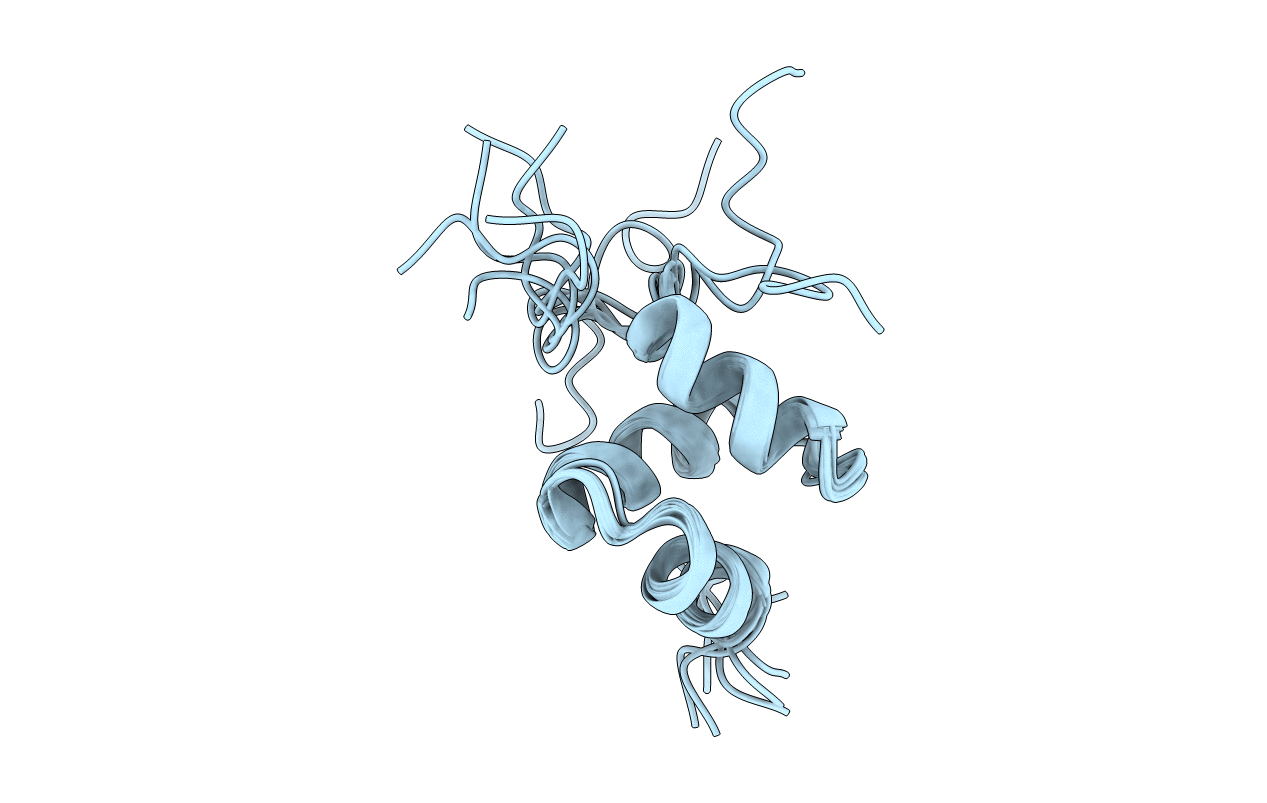
Deposition Date
2007-12-06
Release Date
2008-03-18
Last Version Date
2024-05-29
Method Details:
Experimental Method:
Conformers Calculated:
1000
Conformers Submitted:
10
Selection Criteria:
structures with the lowest energy


